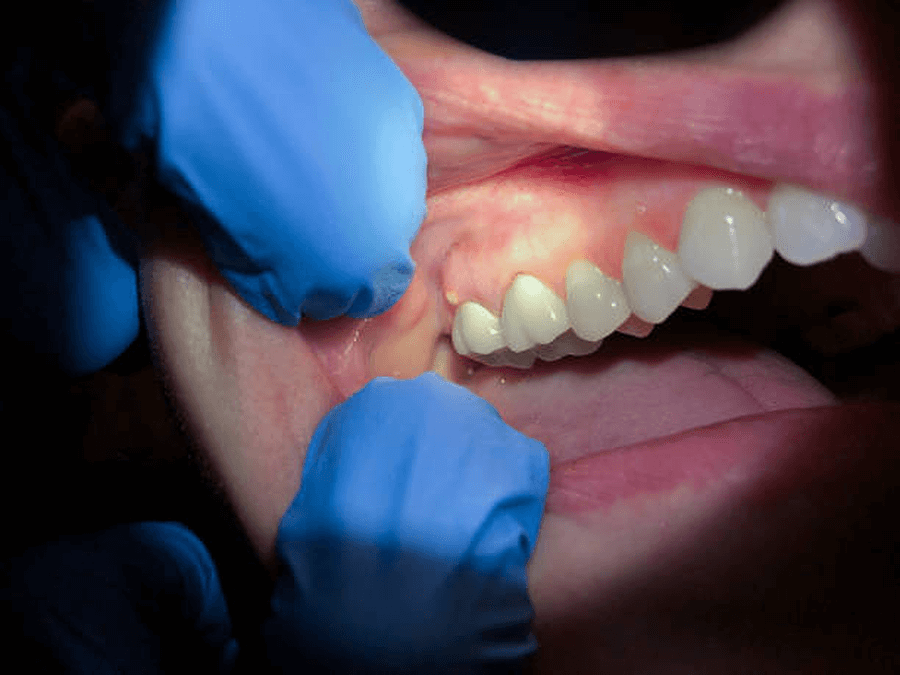How To Relieve Pain From Abscess Tooth

A tooth abscess, or dental abscess, is the result of a bacterial infection that can occur at the root of your tooth and between gum lines. Cavities, chipped teeth, periodontal disease, and any kind of trauma to your mouth are major causes of this issue. Not only does an abscessed tooth cause intense distress but it also brings excruciatingly painful sensations.
So how do you relieve pain from an abscessed tooth? If you’re looking for answers, you’ve come to the right place.
Read more as we’ll talk about this dental problem in today’s post.
Alleviate Your Pain By Following These Tips
No one enjoys the discomfort that comes with an abscessed tooth, but there are numerous treatments to help mitigate this pain. Let’s explore some tips on how to ease the ache associated with an abscessed tooth:
To tackle an abscessed tooth, start by consulting with a dentist who will utilize imaging techniques, such as X-rays, to evaluate the location and severity of your infection. Afterwards, they will advise you on the best course of action depending on their findings. This way, you can be sure that only suitable treatments are implemented for optimal care.
Once the location of your abscess has been established, there are several treatments that can help alleviate your distress. A doctor may prescribe antibiotics as one way to ease pain associated with an abscessed tooth. These medicines fight infection and reduce inflammation in the affected area, thus providing much-needed relief.
To counter swelling and discomfort from the infection, your dentist may recommend over-the-counter anti-inflammatory medications, such as ibuprofen or acetaminophen, to provide relief for a variety of symptoms caused by the infection.
Ibuprofen is a common NSAID used to control the discomfort of an abscessed tooth. This medicine effectively blocks prostaglandins, hormones that trigger inflammation and pain, from being produced in our bodies. Ibuprofen usually comes as tablets or capsules when taken orally, but some people may be prescribed ibuprofen gel for external use.
Acetaminophen is a widely available pain reliever used to help alleviate ailments like toothache and abscess-caused discomfort. This medication works by inhibiting the body’s chemical signals responsible for transmitting sensations of ache, inflammation, or fever.
Acetaminophen can be an effective pain reliever for tooth abscesses, even though it does not contain anti-inflammatory agents like ibuprofen and aspirin. To get the most out of your medication, make sure to adhere to the dosage instructions on its packaging. This way, you can minimize any discomfort as quickly and safely as possible.
Another beneficial solution for alleviating pain caused by and abscessed tooth is warm saltwater rinses. Saltwater aids in drawing out fluid from swollen areas, consequently reducing pressure on nerve endings that are impacted by the infection. It not only cleanses the debris in your mouth but also replenishes essential minerals which aid in healing inflamed tissue around infected teeth.
Another agent used to relieve pain from an abscessed tooth iis an over-the-counter numbing gel, like Orajel. This topical anesthetic works by interrupting nerve signals and desensitizing the area around the affected tooth, providing temporary relief from any discomfort one may be experiencing.
For instant relief, place a cotton ball soaked in clove oil near the affected area. The active ingredient, eugenol, will numb the pain and reduce inflammation naturally due to its analgesic properties. Not only that, but clove oil also possesses antiseptic elements which can eliminate any bacteria causing infection in your mouth, thus preventing potential repeat infections.
Relieving toothache discomfort can also be achieved by using a hot compress. All you need to do is take a clean cloth, immerse it in warm water, and then apply it to the affected area. The heat from the compress increases circulation around your troublesome tooth and reduces inflammation, resulting in accelerated pain relief.
Lastly, if the infection is considerable or continues to linger despite other treatment solutions, the emergency dentist might suggest root canal therapy as a last resort. This procedure would remove any pus formed by the abscess and allow the dentist to later place a crown on top of the tooth for additional protection against future decay or fracture.
Root canal therapy requires eliminating any infected inner nerve tissue from within the tooth, thus decreasing your risk of further infections. This procedure will bring you prompt relief from pain or discomfort and restore your smile shortly after treatment is completed.
Conclusion
Following these tips can reduce the pain of an abscessed tooth and preserve your oral health. However, if you suspect that you have this dental problem, it is crucial to contact a specialist in emergency dentistry for a proper examination and treatment as soon as possible.
